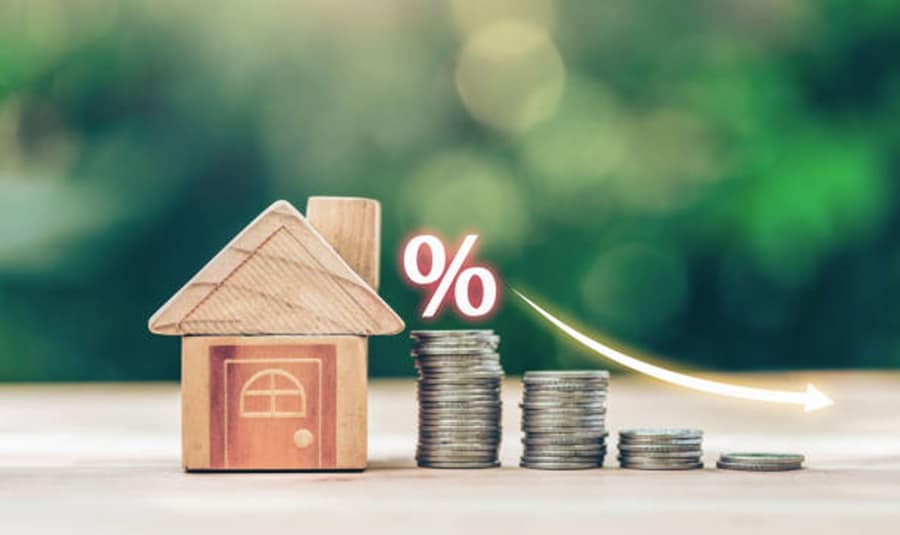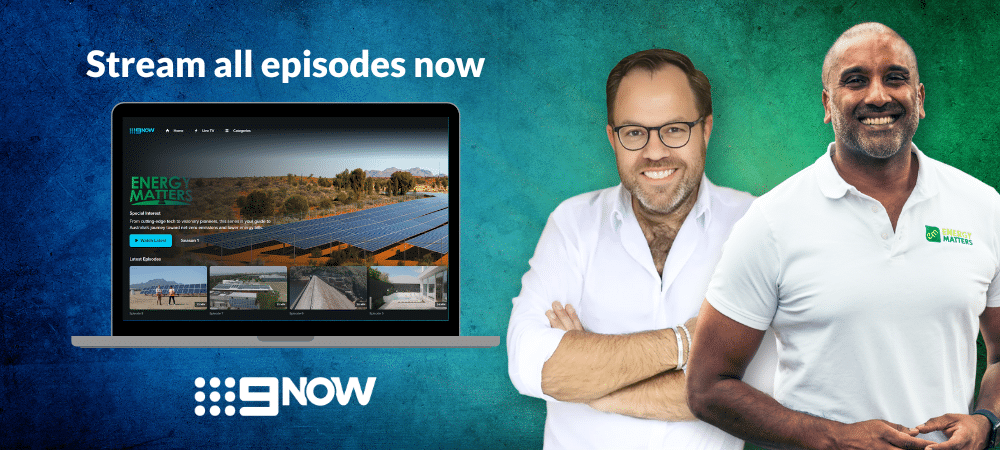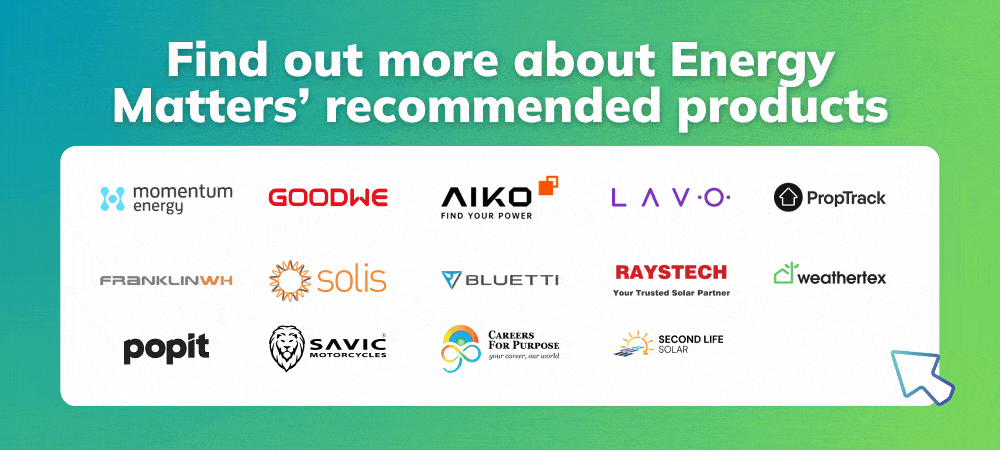Updated on 13 January 2025
The Australian solar energy landscape is set for a significant change in 2025 as the number of Small-scale Technology Certificates (STCs) allocated to small-scale systems is set to decrease. This development is crucial for homeowners and businesses looking to invest in solar power systems or expand their existing installations. In this article, we will explore the upcoming changes in the allocation and value of STCs and discuss strategies to maximise your savings on solar energy investments in Australia.
Are you looking to save money on your electricity bills and reduce your carbon footprint? Solar energy is the perfect solution! Energy Matters can help you get up to 3 FREE quotes from pre-qualified and vetted solar firms in your area.
Energy Matters has been a leader in the renewable energy industry since 2005 and has helped over 40,000 Australian households in their journey to energy independence. With Energy Matters, you can be sure you’re getting the best possible deal on solar energy. We only work with reputable solar firms with a proven track record of delivering high-quality solar systems.
What are STCs?
STC rebates explained
STCs are government-issued certificates designed to encourage the adoption of renewable energy. These certificates are part of the Small-scale Renewable Energy Scheme (SRES), which supports residential and small-business installations of solar panels, wind turbines, and solar water heaters.
Every eligible solar system installed generates a certain number of STCs, calculated based on the system size, location, and years left until the scheme’s completion in 2030. These certificates can be sold to electricity retailers, effectively reducing the upfront cost of your solar installation.
Are solar rebates reducing in 2025?
While STCs are not considered rebates, the current discount on small-scale solar, wind and hydro systems is set to reduce in 2025. We will refer to the discount as a rebate in this blog. The Australian government’s Small-scale Renewable Energy Scheme (SRES) is a market-based scheme that incentivises households and businesses to install small-scale renewable energy systems, such as solar PV systems. It is important to note the two different aspects of STCs:
- Allocation: This is the number of STCs allocated to a system. For example, a 10kW solar system may be allocated 130 STCs.
- Value: This is the value of each individual STC. Usually, your solar installer will provide you with a discount on the upfront cost of your system based on the total value of the STCs. This means they ‘purchase’ the STCs from you and on-sell them. You do not have to ‘sell’ your STCs to the installer, though you will receive no upfront discount and be tasked with selling them yourself.
STCs are allocated to a renewable energy system using the following formula:
Postcode Zone Rating x Deeming Period Years x System Size in kW = Number of STCs created
The deeming period is the amount of years left before the SRES ends in 2030. This means that the amount of STCs a system is allocated reduces every year on January 1st.
The value of Small-scale Technology Certificates (STCs), which are the financial incentives created under the SRES, is determined by market forces. The price of STCs has been declining recently, which is expected to continue in 2025.
However, it is important to note that the SRES will end in 2030. This means that the value of STCs will continue to decline over time, but the scheme will still provide a financial incentive for households and businesses to install solar PV systems until it ends.
Why the decrease in STC rebate rates?
The Small-scale Renewable Energy Scheme is gradually phased out as Australia transitions to a more mature renewable energy market. Each year, the number of STCs allocated for new installations decreases, reflecting the shorter remaining time frame of the RET.
The decrease in STCs is primarily a result of the Federal Government’s plan to gradually phase out this subsidy, in line with their commitment to encouraging solar energy adoption while ensuring fiscal responsibility. As solar energy technology becomes more affordable and widely adopted, the government seeks to reduce the financial burden on taxpayers.
The reduction in STC rebate rates is part of a staged approach to rebalancing incentives for renewable energy. It is a signal that solar energy is becoming more competitive and financially sustainable without heavy subsidies.
The benefits of installing the first 99 kW
In Australia, the STC program incentivises installing small-scale solar power systems, making solar energy more affordable for consumers. The program offers certificates to those who install solar panels, and these certificates can be traded on the open market. The number of certificates you receive depends on the size and location of your solar installation.
Once a project exceeds 100kW, it is no longer eligible for STCs. Instead, Large-scale Generation Certificates (LGC) come into play. LGCs are generated by the system, not allocated to it. This means that there is no discount on the upfront cost of your system and the project becomes a ‘power plant’. For every megawatt of electricity generated, an LGC is created, which can be on-sold.
For this reason, many large projects choose to keep the system size under 100kW – adding to it later to increase its size and generation. By keeping it under 100kW, you can benefit from the immediate reduction of the upfront cost of the system.
Are you tired of being the last to know about renewable energy updates? Did you miss out on a state rebate or incentive? Looking to find out more about how you can save on your utility bills? Subscribe to Energy Matters’ weekly newsletter and keep updated with Australian and international news, incentives, and offers.
The value of 1 STC
The value of one STC is not fixed and can fluctuate based on market conditions. As of the last update in January 2022, the price of one STC was around $35 to $40. However, this value may change over time, and it’s essential to check the current market price when planning your solar installation or looking to trade your STCs.
Maximising your solar savings
While the reduction in STC rebate rates may appear concerning, there are several strategies that homeowners and businesses can employ to continue enjoying the benefits of solar energy without compromising their savings.
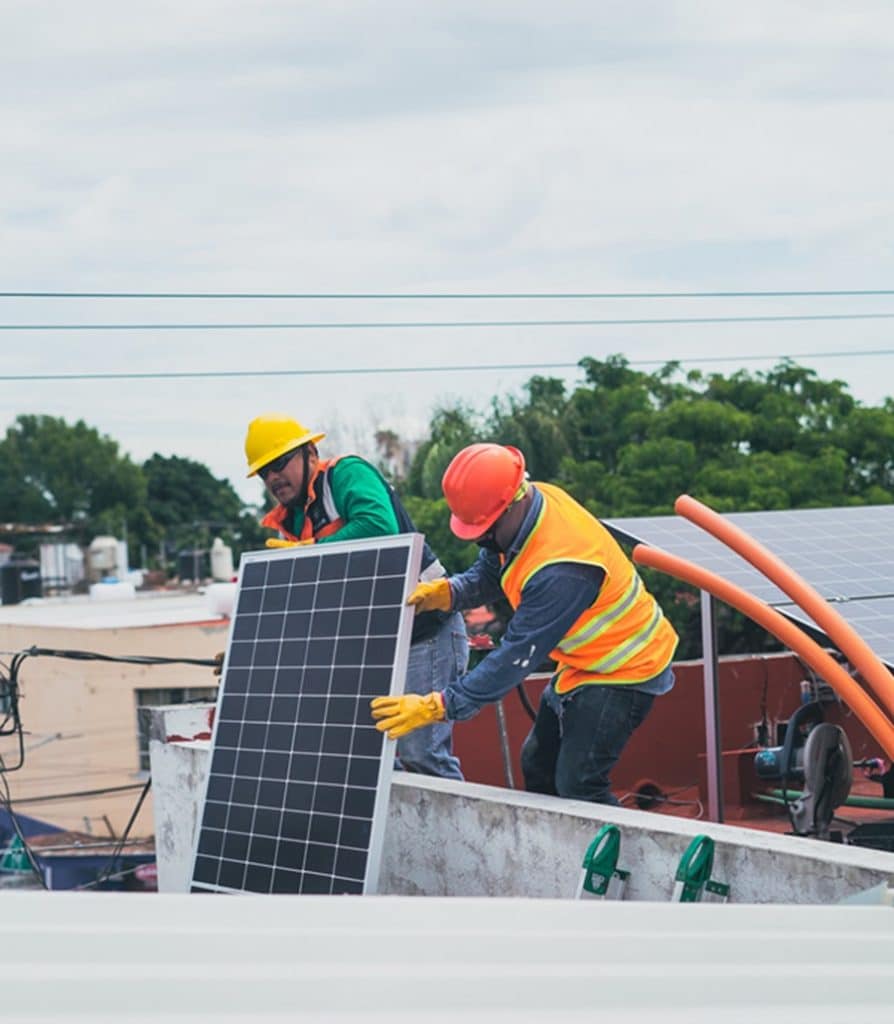
Choose high-quality components
Invest in high-quality solar panels, inverters, and other system components to maximise energy production and efficiency. This will ensure that your solar system continues to deliver significant savings over its lifetime.
Consult with experts
Consult solar energy experts and installers to evaluate the most cost-effective options for your specific needs. They can provide valuable insights into the best technologies and strategies to maximise savings.
Act sooner rather than later
To secure higher STC rebate rates, consider investing in solar energy systems before the expected decrease in 2025. You can take advantage of the existing subsidies and maximise your savings by acting promptly.
Energy storage solutions
While STCs don’t cover solar batteries, they can enhance your system’s value. Combining your solar system with solar battery energy storage systems can help you make the most of the energy you generate. This will allow you to use solar power during peak periods and reduce your dependence on grid electricity.
Use Energy Matters’ easy-to-use solar power and battery storage calculator to determine the size of your solar system with storage! Our solar calculator will generate performance information and potential savings.
We can send this information to 3 of our pre-vetted and trusted local installers in your area to receive obligation-free solar quotes.
Government incentives
Keep an eye on other government incentives or programs that may become available to offset the decrease in STC rebate rates. The government may introduce alternative support mechanisms to promote solar energy adoption.
Energy efficiency measures
Implement energy-saving measures in your home or business to reduce energy consumption. This can help you get more value from your solar system, even with lower STC rebate rates.
Insulation, lighting, and appliances: Consider upgrading insulation, switching to LED lighting, and investing in energy-efficient appliances.
Complement solar power: By implementing energy-efficient practices, you can further reduce your energy consumption and maximise the benefits of your solar system.
Take advantage of net metering
Net metering is a billing arrangement that allows you to sell the excess electricity that your solar panel system generates back to the grid at a retail rate. This can help to offset the cost of your electricity bills.
Install your solar panel system during the off-season
Solar panel installers typically offer lower prices during the off-season, typically from November to February.
Consider financing your solar panel system
There are several different solar panel financing options available, which can make it easier to afford the upfront cost of installing solar panels.
Taking action before the rates drop
The impending decrease in STC rebate rates in Australia in 2025 underscores the need for proactive planning when it comes to solar energy investments. By taking action before the rates drop, investing in high-quality components, and adopting energy-efficient practices, homeowners and businesses can continue to reap the benefits of solar power and achieve long-term savings. The Australian solar energy landscape is evolving, and staying informed and making wise choices can ensure a sustainable and financially viable future for renewable energy adoption in the country.
Ready to take the next step?
With STC values set to decline in 2025, now is the ideal time to seize the opportunity to maximise your savings and reduce your reliance on traditional energy sources. By carefully considering the factors outlined above and working with reputable solar installers, you can make an informed decision and enjoy the numerous benefits of solar energy for years to come.
Take the first step towards a brighter future. Contact Energy Matters today, and we will guide you every step of the way. Our team of solar experts can help you get up to 3 FREE solar quotes, with no obligation from pre-qualified and vetted solar firms in your area. Optimise your solar investment today!

Why choose Energy Matters?
- We’ve been in the solar industry since 2005 and have helped over 40,000 Australian households journey to energy independence.
- We’ve pre-qualified and vetted our solar installers accredited for their track record of delivering Australia’s best business and household solar systems.
- We’ll match you with installers who are local to you, so you can get a quote that’s tailored to your needs.
Benefits of going solar with Energy Matters

Get up to 3 FREE quotes
We’ll connect you with 3 different solar installers so you can compare prices and services.
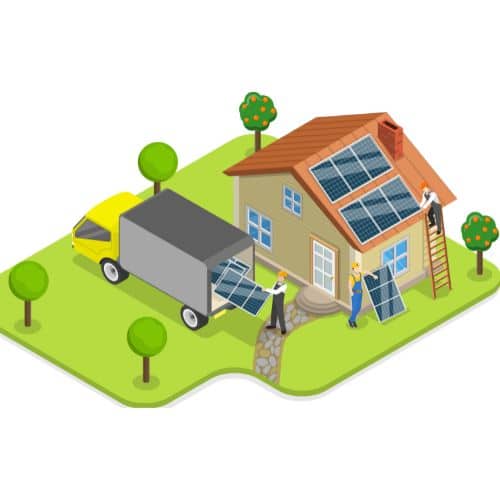
Work with trusted installers
We only work with solar installers who have been pre-qualified and vetted for their track record of delivering quality solar systems.
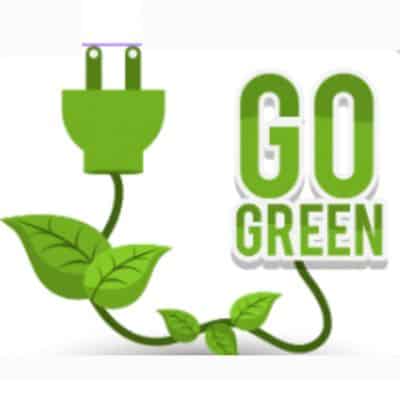
Get peace of mind
We’ll support you every step of the way, from the initial consultation to the final installation. Our team will assist you with the information you need to go solar!
Questions? Contact our team of friendly experts for free, no-obligation advice on the best solar panels, best solar batteries and full systems for your circumstances. You can also generate a quick solar quote or view our current system specials.









